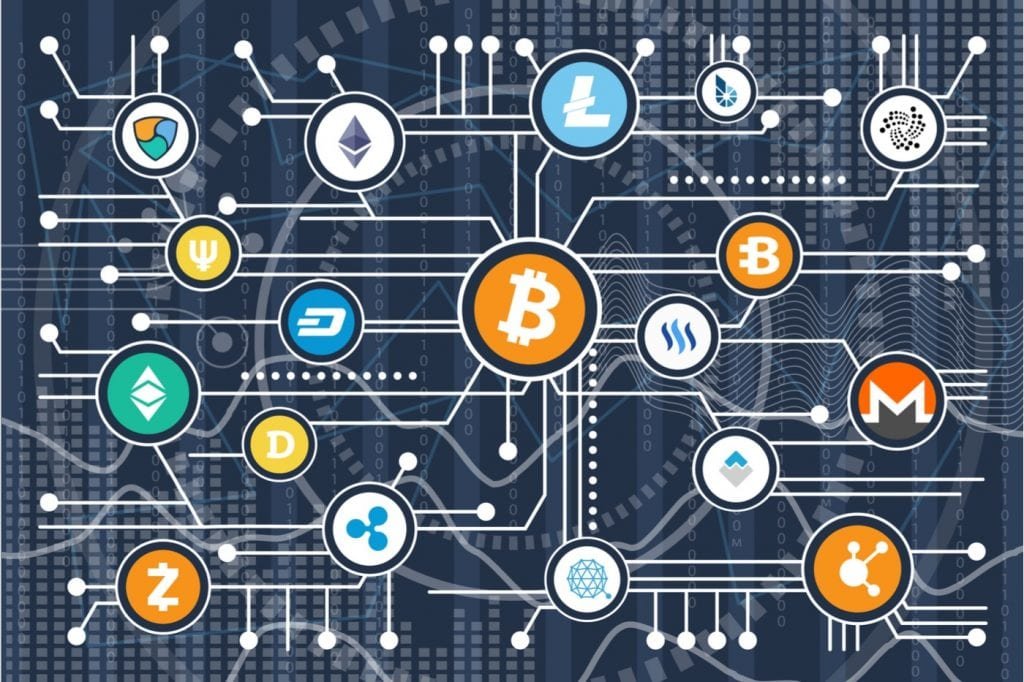What is the Bitcoin Lightning Network?

Around the world, most people believe that BTC could be the future of the financial system. But scalability may turn out to be one of the reasons why BTC may find it difficult to reach its target. For example, VISA processes more than 3,500 payments per second and may be able to increase throughput to more than 60,000 payments per second. On the other hand, if we talk about BTC, then it processes only seven transactions per second. Such a prospect could also turn out to be a volatile course for BTC’s development and the main obstacle to anything more than a marginal payment system. If you are interested in bitcoin trader visit bitcoins-evolution.com
The Lightning Network has been designed by the blockchain community to solve this kind of problem. In this blog, we will give you complete details about it and also take a look at how it can be used for instant payouts with minimal commission.
About Lightning Network
The Lightning Network was proposed in a white paper by Thaddeus Driza and Joseph Poon during the year 2016. The BTC Lightning Network has emerged as a decentralized network. These are networks that use smart contract functionality, usually in blockchains, to enable faster payments across the network of participating nodes. It is an exceptional off-chain scaling arrangement that assumes a significant part in empowering close, quick, minimal-expense, confidential exchanges. Basically, the Lightning network is a layer-2 solution that empowers modest and quick BTC transactions. Prior to getting into how it functions, we should investigate what occurs during an ordinary BTC transaction.
How does BTC trading work?
A BTC transaction is divided into three parts: signature, input, and output. Inputs to which funds are sent, outputs to which funds are sent, and signatures that are used when transactions are to be verified. The network should check each BTC transaction before it is added to the blockchain and remembered for the block. This process is called mining. Mining is usually done using specialized computers known as miners. Transactions are added to blocks and verified through the computing power of miners. In return, they are rewarded with a new BTC.
However, it can take a long time for a BTC transaction to be confirmed. Since the protocol is planned so that it can take a normal of 5 to 10 minutes to mine a block.
How does the Lightning Network work?
The Lightning Network assumes a key part in empowering trustless off-chain installments by making a network of bi-directional installment channels between clients or nodes. Talking about these channels can be available indefinitely, and can be opened or closed at any time. To open a channel, both parties need to deposit the same amount of BTC in a multi-signature wallet, as a result of which both parties must sign any transaction. This deposit is used only as collateral. Once the channel is open, both parties can make an unlimited number of transactions with each other without ever touching the BTC blockchain.
In any case, normally, when the channel is shut, all transactions are recorded exclusively on the blockchain. Right now, the two players are settled, and any adjustments are sent back to their particular wallets.
Scaling
At the point when BTC is utilized for an enormous scope, it very well might have the option to oblige in excess of 1,000 everyday transactions, without paying little heed to size. This being so, it can also be adopted by countries and the larger community. That’s why it is necessary to have the Lightning Network. LN can play an important role in processing a large number of transactions without congesting the BTC blockchain. Although the first country to adopt BTC as legal tender is the Republic of El Salvador, which commonly uses the Lightning Network for its payments infrastructure.
Research Snipers is currently covering all technology news including Google, Apple, Android, Xiaomi, Huawei, Samsung News, and More. Research Snipers has decade of experience in breaking technology news, covering latest trends in tech news, and recent developments.












